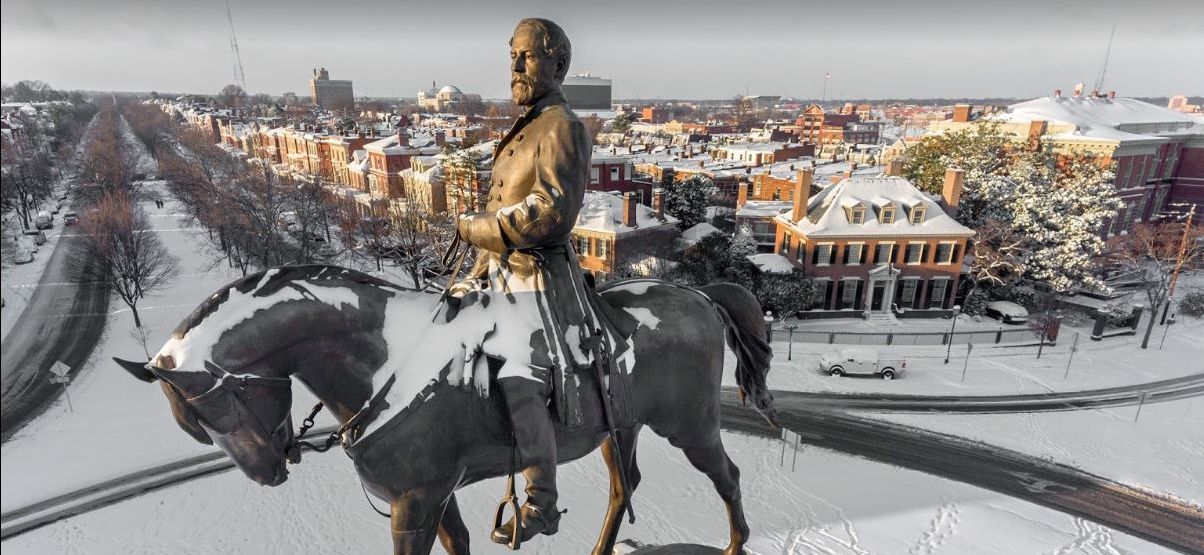Authors:
Historic Era:
Historic Theme:
Subject:
| Volume 71, Issue 2


Authors:
Historic Era:
Historic Theme:
Subject:
| Volume 71, Issue 2
Editor’s note: A.E. Dick Howard is the longest serving law professor at the University of Virginia and an internationally respected authority on constitutional law. In 1971 he helped lead the commission drafting a new constitution for Virginia which largely repudiated the white supremacist legacy of the 1902 Constitution. Prof. Howard also is the author of the two-volume Commentaries on the Constitution of Virginia.
Not far from my home in Charlottesville, Virginia, a larger-than-life bronze statue of Robert E. Lee on his faithful horse Traveler still towers over Market Street Park. In August 2017 the statue was the focus of protests against its proposed removal that drew numerous members of far-right groups, and ended in tragedy. For now, various motions in the local Circuit Court have held off the City Council's decision to remove it, but eventually the Lee statue will follow many other Confederate monuments taken down across the country.

These monuments were symbols of a cruel and unjust segregationist past. But statues extolling heroes of the “Lost Cause” were only the visible faces of a system of white supremacy enshrined in legal statutes across the south. The people who created many of the monuments were, by and large, the same generation that produced constitutions such as the one in Virginia that mandated segregation in 1902.
After the Civil War, as a price of readmission to the Union the former Confederate states were obliged to write new, progressive state constitutions allowing for universal male suffrage. In Virginia, nearly half the voters after the Civil War were Black.
Reconstruction came to an end in 1877 when the last federal troops left the South. The resulting “Redeemed” governments wrested control of state governments from “carpetbaggers” and African-American legislators who had been empowered by radical Republicans in Congress.
The Redeemers could not bring back slavery as such — the 13th Amendment stood in the way of that — but they could set out to restore white supremacy. “Southern gentlemen who led in the late rebellion have not parted with their convictions,” observed Frederick Douglass. “They believed in slavery and they believe in it still.”
Louisiana led the way in 1879 with a new constitution that restricted voting rights of freedman after Redeemer and White League mobs attacked and even massacred blacks and Republicans. Mississippi rewrote its constitution in 1890 and South Carolina in 1895. Alabama convened delegates in 1901 specifically “to establish white supremacy in this State.”
These constitutions used a variety of devices to achieve disenfranchisement of Blacks including poll taxes, literacy tests, and “understanding” clauses.